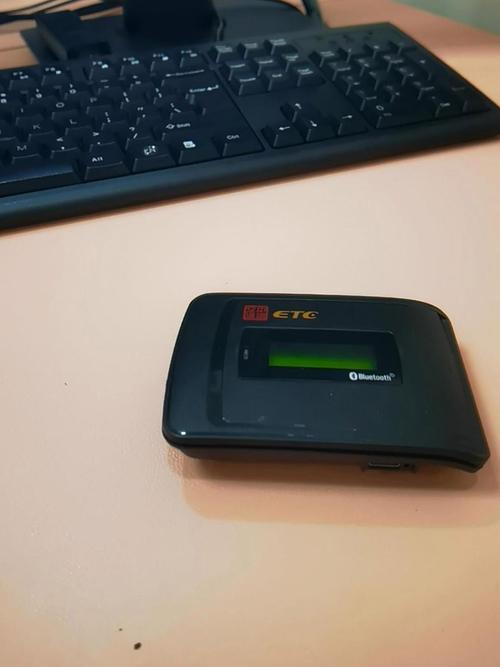
Understanding the ETC Fork and ETH: A Comprehensive Guide
When it comes to the world of cryptocurrencies, Ethereum Classic (ETC) and Ethereum (ETH) are two of the most prominent names. Both are based on blockchain technology, but they have distinct histories and functionalities. In this article, we will delve into the details of the ETC fork from ETH, exploring its origins, implications, and the differences between the two cryptocurrencies.
Origins of the Fork
The ETC fork from ETH occurred in 2016, following a significant incident known as the DAO hack. The DAO, a decentralized autonomous organization, was a project built on the Ethereum blockchain. Unfortunately, hackers exploited a vulnerability in the DAO’s smart contract, leading to the theft of millions of ETH. This event sparked a heated debate within the Ethereum community on how to handle the hack.

Two camps emerged: one group favored a hard fork, which would involve changing the underlying protocol of the Ethereum network to revert the hack and return the stolen funds to the affected users. The other group, however, believed that a hard fork would compromise the integrity of the blockchain and preferred to leave the hack as is.
The ETC Fork
As a result of the disagreement, the Ethereum community decided to proceed with the hard fork, creating a new blockchain and cryptocurrency, Ethereum Classic (ETC). This new blockchain retained the original Ethereum blockchain’s history, while the ETH blockchain started from a new genesis block. The ETC fork occurred on July 20, 2016, and marked the beginning of two separate cryptocurrencies with distinct communities and values.
Differences Between ETC and ETH
While both ETC and ETH share the same underlying blockchain technology, there are several key differences between the two cryptocurrencies:
| Aspect | Ethereum Classic (ETC) | Ethereum (ETH) |
|---|---|---|
| Blockchain | Retains the original Ethereum blockchain history | Started from a new genesis block after the fork |
| Community | Consists of those who believe in the original Ethereum vision | Includes both the original Ethereum community and those who supported the hard fork |
| Development Focus | Emphasizes maintaining the original Ethereum protocol | Continues to evolve and improve the Ethereum network |
One of the most significant differences between ETC and ETH is the approach to development. ETC focuses on maintaining the original Ethereum protocol, while ETH continues to evolve and improve the network. This has led to differences in features, such as the implementation of the Casper consensus mechanism in ETH, which is not present in ETC.

Market Performance
Since the fork, both ETC and ETH have experienced varying degrees of success in the cryptocurrency market. Initially, ETH gained significant attention and value, while ETC struggled to gain traction. However, over time, ETC has gained a dedicated following and has seen its value stabilize.
As of the time of writing, ETH remains the second-largest cryptocurrency by market capitalization, while ETC has a smaller but loyal community. The market performance of both cryptocurrencies is influenced by various factors, including technological advancements, regulatory news, and overall market sentiment.
Conclusion
The ETC fork from ETH is a prime example of the complexities and divisions that can arise within the cryptocurrency community. While both ETC and ETH share the same roots, they have taken different paths in terms of development and community values. Understanding the differences between the two cryptocurrencies can help you make informed decisions when investing in the crypto market.



